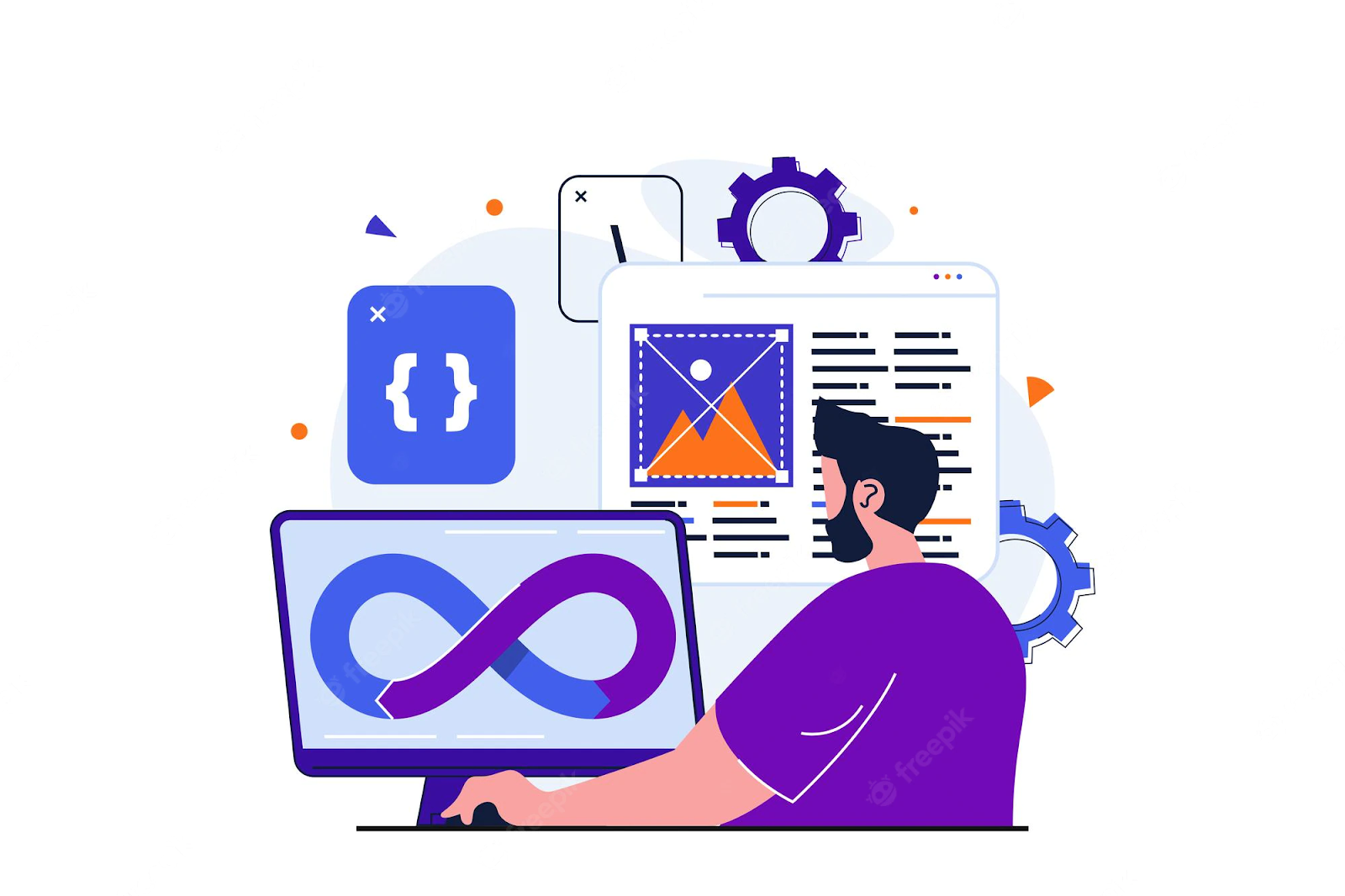DevOps Engineer is one of the most demanding job profiles in today’s IT firms, and it shows no signs of slowing down. Statistically, the demand for DevOps Professionals in the labor market has surged by 40-45% in the previous 3-4 years and is continually increasing. Meanwhile, DevOps is a difficult profession that requires a diverse skill set as well as relevant expertise and knowledge. It’s no surprise that DevOps will govern the IT sector in the future years, and if you want to work as a DevOps Engineer, you’re on the correct route.
What Exactly Is a DevOps Roadmap?
A DevOps roadmap is a visual overview that specifies the means and techniques for achieving an organization’s DevOps goals and may be used as a blueprint to execute effective DevOps practices. DevOps is the process of providing high-quality goods to improve the customer experience via automation and new approaches. It simplifies team activities to appropriately manage resources throughout the year. Team leaders and managers may also utilize a roadmap like this to save expenses and remove superfluous activities.
A DevOps roadmap keeps diverse teams in sync with one another and fosters a sense of shared responsibility that helps the firm thrive. This kind of plan is intended to push your team and keep them motivated to discover new methods to develop. A single roadmap is also the key to creating secure, scalable, and portable goods. Your DevOps roadmap should express the strategic direction of your software development and connect it to the overarching goal of your firm. A well-defined roadmap is a road map for successfully implementing a DevOps approach.
Want to get help from professional DevOps developers? Follow this link and check out the offer: https://relevant.software/devops/.
The DevOps Roadmap for Developers in 2023
Discover a Programming Language
Obviously, and I suppose you are familiar with one of the three major programming languages, either Java, Python, or JavaScript.
If you didn’t, don’t worry; you may learn your preferred language by taking a look at the courses listed below, however, I highly advise you to learn at least one of these three main general-purpose programming languages.
Have a Solid Foundation in Networking Technology
Understand HTTP/2, QUIC or HTTP3, Layer 4 and Layer 7 protocols, mTLS, Proxies, DNS, BGP, how load balancing works, IP Tables, how the Internet works, IP addresses and schemes, and finally network architecture. Julia Evans’ blog is a great resource for me when I need to comprehend something quickly. Her blog entries and zines have addressed a broad range of issues.
Investigate Operating Systems
Operating systems (OSs) are a critical component of the technological stack required for a DevOps team to operate. OSs not only power the local workstations on which the team communicates and completes tasks, but they also operate the servers that house the team’s deployed apps.
As a result, you must understand the command line terminal to avoid relying on the graphic user interface (GUI) to set up your servers. The command line streamlines operations that might take numerous clicks in a graphical user interface, and certain commands can only be executed via the terminal. Because each operating system is unique, it is best to study more than one.
Examine Network Security and Protocols

Protocols will be used by any web-based application to transport and receive information from the user. This implies that it is also vital to comprehend how protocols handle various request kinds.
Equally essential, you must understand the dangers associated with these transfer methods and how to protect them to prevent bad actors from capturing your data or entering your application. No matter what position you play in the DevOps lifecycle, cybersecurity is an essential skill.
Knowledge of CI/CD Pipelines
The most crucial thing for DevOps Engineers to grasp is the Continuous Integration/Continuous Delivery (CI/CD) workflow. These are all part of the delivery pipeline procedure. Continuous Integration is concerned with the developers’ integration of code into the main branch of a shared repository. It aids in cost reduction, efficient functioning, and so forth. Software release becomes more effective and simple with the aid of Continuous Delivery.
Understand How to Monitor Software and Infrastructure
When you have thousands of services operating, it is critical to ensure that the system is in good working order. Both your infrastructure and your application should be monitored in real-time. Tools such as SigNoz may assist you in establishing a strong monitoring system for your apps.
Learn More About Cloud Service Providers
The majority of applications nowadays are cloud-native. As a result, you must get acquainted with key cloud providers. AWS, Azure, and Google Cloud are the dominant players, and they all provide free tool training.
